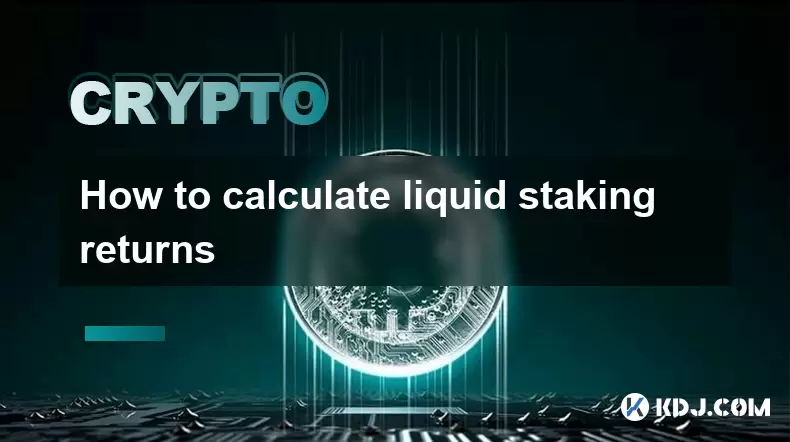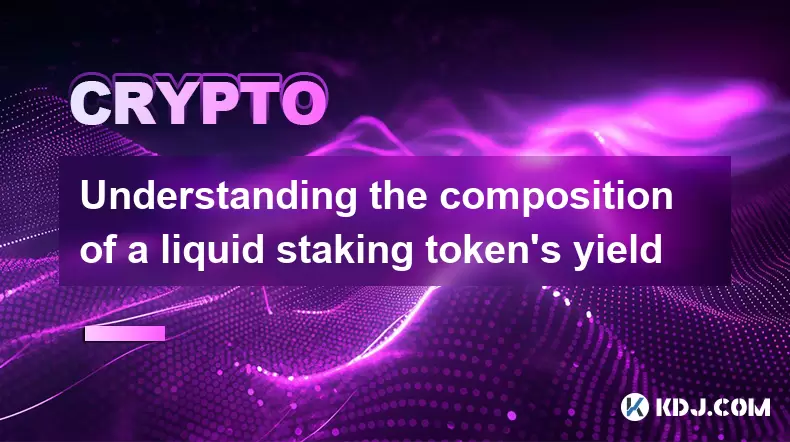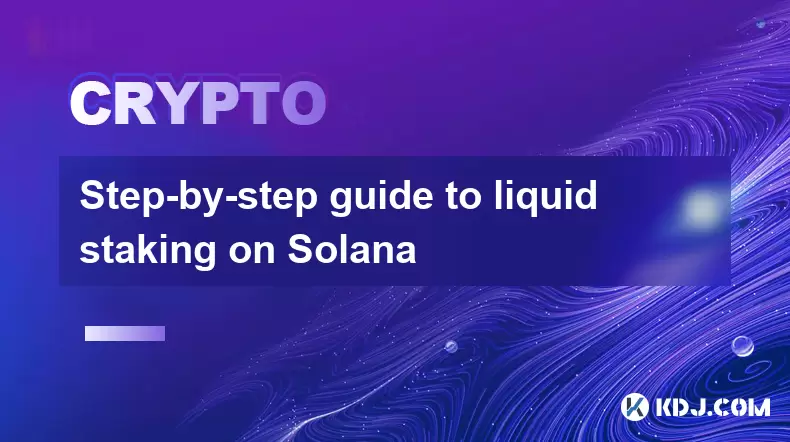-
 Bitcoin
Bitcoin $119300
1.07% -
 Ethereum
Ethereum $3730
3.87% -
 XRP
XRP $3.235
0.29% -
 Tether USDt
Tether USDt $1.000
0.00% -
 BNB
BNB $783.5
1.88% -
 Solana
Solana $188.7
0.25% -
 USDC
USDC $0.0000
-0.01% -
 Dogecoin
Dogecoin $0.2399
-0.44% -
 TRON
TRON $0.3157
2.37% -
 Cardano
Cardano $0.8254
1.94% -
 Hyperliquid
Hyperliquid $42.83
0.14% -
 Stellar
Stellar $0.4372
3.21% -
 Sui
Sui $3.859
4.91% -
 Chainlink
Chainlink $18.53
3.53% -
 Hedera
Hedera $0.2464
0.01% -
 Bitcoin Cash
Bitcoin Cash $519.8
2.46% -
 Avalanche
Avalanche $24.24
2.17% -
 Litecoin
Litecoin $113.7
0.73% -
 UNUS SED LEO
UNUS SED LEO $8.990
0.30% -
 Shiba Inu
Shiba Inu $0.00001390
0.21% -
 Toncoin
Toncoin $3.188
1.49% -
 Ethena USDe
Ethena USDe $1.001
0.02% -
 Polkadot
Polkadot $4.090
-0.91% -
 Uniswap
Uniswap $10.40
4.08% -
 Monero
Monero $326.6
3.12% -
 Bitget Token
Bitget Token $4.627
-0.42% -
 Pepe
Pepe $0.00001281
0.76% -
 Dai
Dai $1.000
0.01% -
 Aave
Aave $291.6
0.98% -
 Cronos
Cronos $0.1269
7.26%
How to calculate liquid staking returns
Liquid staking lets users earn rewards while keeping funds liquid through derivative tokens like stETH, but returns depend on APR, fees, token price changes, and slashing risks.
Jul 21, 2025 at 02:56 pm

Understanding Liquid Staking
Liquid staking is a mechanism that allows cryptocurrency holders to stake their assets while retaining liquidity through derivative tokens. When you stake your tokens via a liquid staking protocol, you receive a tokenized representation of your staked assets. These tokens, such as stETH on Ethereum or bLuna on Terra, can be traded, transferred, or used in DeFi protocols, enabling users to earn staking rewards without locking up their funds.
This innovation has become increasingly popular across various blockchain ecosystems, especially in Proof-of-Stake (PoS) networks. However, understanding how to calculate liquid staking returns requires a grasp of multiple variables, including reward rates, slashing risks, and the performance of the derivative token in secondary markets.
Components of Liquid Staking Returns
To accurately calculate returns from liquid staking, it's crucial to consider all contributing factors:
- Staking APR (Annual Percentage Rate): This is the base rate of return offered by the network for staking. It fluctuates depending on network inflation, total staked supply, and validator performance.
- Derivative Token Value Changes: Liquid staking derivatives may trade at a premium or discount relative to the underlying asset. Any price volatility affects the realized return.
- Protocol Fees: Most liquid staking platforms charge a fee, which is deducted from the staking rewards before distribution to users.
- Slashing Penalties: In PoS systems, validators can be slashed for misbehavior, which reduces the overall return for stakers.
- Market Risk: The liquidity of the derivative token in decentralized or centralized exchanges also plays a role in real-world returns.
Step-by-Step Guide to Calculating Liquid Staking Returns
To calculate your liquid staking returns, follow these detailed steps:
- Determine the Initial Deposit Amount: Suppose you deposit 10 ETH into a liquid staking protocol like Lido Finance.
- Identify the APR or APY Offered: Let's say the current APR is 5%. This is the base staking return before any deductions.
- Factor in Protocol Fees: If the protocol takes 10% of the staking rewards, your effective APR becomes 4.5%.
- Account for Derivative Token Price Changes: Assume the stETH token appreciates by 1% against ETH due to increased demand in DeFi markets.
- Estimate Slashing Impact: If there’s a slashing event of 0.5% across the network during the year, subtract this from your total.
- Calculate Total Return:
- Base return: 4.5%
- Derivative appreciation: +1%
- Slashing: -0.5%
- Total return = 5% (4.5 + 1 - 0.5)
Using Real-Time Calculators and Tools
Many platforms offer real-time calculators to help users estimate their liquid staking returns. These tools typically require:
- The amount of tokens staked
- The current APR/APY
- The protocol fee percentage
- Historical slashing rates
- The price trend of the derivative token
For example, if you use Lido’s stETH calculator, you can input your ETH amount and the tool will project returns based on current validator rewards, fees, and exchange rate dynamics.
Some platforms also allow custom inputs, such as expected token price changes or holding periods, giving users a more personalized estimate.
Case Study: Liquid Staking on Ethereum via Lido Finance
Let’s walk through a practical example:
- You deposit 5 ETH into Lido Finance
- The current APR is 5.5%
- Lido charges a 10% fee, so your net APR is 4.95%
- Over a year, stETH appreciates by 0.8% against ETH
- There is no slashing event, so no loss there
Total return calculation:
- Staking return: 5 ETH × 4.95% = 0.2475 ETH
- Derivative appreciation: 5 ETH × 0.8% = 0.04 ETH
- Total ETH gain = 0.2875 ETH
- Total value in USD depends on the ETH price at the end of the period
This case study demonstrates how liquid staking returns are influenced by both staking rewards and market dynamics.
Frequently Asked Questions
Q: Does liquid staking always provide better returns than traditional staking?
A: Not necessarily. While liquid staking allows for additional DeFi opportunities, it often comes with higher fees and price volatility risks that can offset potential gains.
Q: Can derivative tokens lose value against the underlying asset?
A: Yes. If the demand for stETH or bLuna drops, or if trust in the protocol declines, the derivative token can trade at a discount, reducing returns.
Q: How often are staking rewards distributed in liquid staking?
A: Most platforms automatically compound rewards into the derivative token balance. This means your staked balance grows over time without manual claiming.
Q: Are liquid staking rewards affected by network congestion?
A: Network congestion does not directly affect staking rewards, but it can impact transaction fees and token transfer speeds, which may influence DeFi participation strategies.
Disclaimer:info@kdj.com
The information provided is not trading advice. kdj.com does not assume any responsibility for any investments made based on the information provided in this article. Cryptocurrencies are highly volatile and it is highly recommended that you invest with caution after thorough research!
If you believe that the content used on this website infringes your copyright, please contact us immediately (info@kdj.com) and we will delete it promptly.
- Bitcoin, Jim Cramer, and the US Deficit: A Wall Street Story
- 2025-07-25 10:30:11
- TGEs, Scalability & Privacy Tech: Decoding the Future of Blockchain
- 2025-07-25 10:30:11
- Ben Askren, FUNKY Memecoin, and the Fallout: A New York Minute
- 2025-07-25 10:50:11
- TRON, Crypto Payroll, and Stablecoins: A New York Minute on the Future of Finance
- 2025-07-25 08:30:11
- WazirX, Revote, and Crypto Unlock: A New York Minute on the Latest Developments
- 2025-07-25 06:50:11
- Hong Kong Stablecoin Regulation: Navigating the Hype and Hurdles
- 2025-07-25 08:30:11
Related knowledge

Understanding the composition of a liquid staking token's yield
Jul 20,2025 at 09:07am
What Is a Liquid Staking Token?A liquid staking token is a representative asset issued to users who stake their native cryptocurrency on a proof-of-st...

Is it better to stake directly or use a liquid staking service?
Jul 22,2025 at 08:21pm
Understanding the Basics of StakingStaking in the context of blockchain and cryptocurrency refers to the process of locking up digital assets to suppo...

What to do during an LST depeg event
Jul 20,2025 at 04:57pm
Understanding LST Depeg EventsAn LST (Liquid Staking Token) depeg event occurs when the token, which is typically pegged to the value of the underlyin...

Can you provide liquidity with liquid staking tokens?
Jul 22,2025 at 10:22am
Understanding Liquid Staking TokensLiquid staking tokens (LSTs) are derivative tokens that represent staked assets on a proof-of-stake (PoS) blockchai...

What are the best wallets for storing LSTs?
Jul 21,2025 at 03:14pm
Understanding LSTs and the Need for Secure StorageLSTs, or Liquid Staking Tokens, are derivative tokens representing staked assets on a blockchain. Wh...

Step-by-step guide to liquid staking on Solana
Jul 20,2025 at 06:42am
What is Liquid Staking on Solana?Liquid staking is a mechanism that allows users to stake their cryptocurrency while retaining liquidity through the i...

Understanding the composition of a liquid staking token's yield
Jul 20,2025 at 09:07am
What Is a Liquid Staking Token?A liquid staking token is a representative asset issued to users who stake their native cryptocurrency on a proof-of-st...

Is it better to stake directly or use a liquid staking service?
Jul 22,2025 at 08:21pm
Understanding the Basics of StakingStaking in the context of blockchain and cryptocurrency refers to the process of locking up digital assets to suppo...

What to do during an LST depeg event
Jul 20,2025 at 04:57pm
Understanding LST Depeg EventsAn LST (Liquid Staking Token) depeg event occurs when the token, which is typically pegged to the value of the underlyin...

Can you provide liquidity with liquid staking tokens?
Jul 22,2025 at 10:22am
Understanding Liquid Staking TokensLiquid staking tokens (LSTs) are derivative tokens that represent staked assets on a proof-of-stake (PoS) blockchai...

What are the best wallets for storing LSTs?
Jul 21,2025 at 03:14pm
Understanding LSTs and the Need for Secure StorageLSTs, or Liquid Staking Tokens, are derivative tokens representing staked assets on a blockchain. Wh...

Step-by-step guide to liquid staking on Solana
Jul 20,2025 at 06:42am
What is Liquid Staking on Solana?Liquid staking is a mechanism that allows users to stake their cryptocurrency while retaining liquidity through the i...
See all articles

























































































